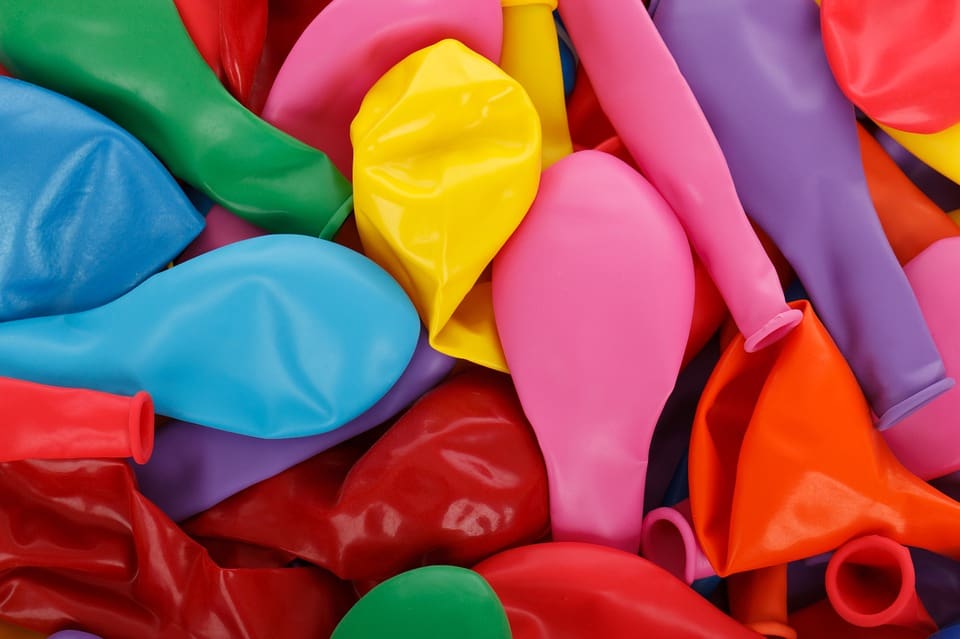By Pam Morris, MSEd Early Childhood Education Director, East Valley JCC
The beginning of the school year brings joy and excitement. From the different classroom, teachers and friends, to the new routines, skills to learn and relationships to build, children and parents anticipate this time of year with a wondrous energy. These same things, however, can also elicit feelings of anxiety and uncertainty.
As a parent, you have an awesome responsibility as your child’s first teacher. This superhero role can be quite daunting and overwhelming when you don’t know where to start.
Take a deep breath, blow it out and take it one step at a time. This same advice is a good one to start with for your child. Help them practice this technique whenever something seems too big to tackle all at once. For young children, visuals are very helpful and props can work wonders.
Activity: Calming technique
Props needed: Ballon without air. If your child is 4 or older, they can do this alongside of you with a balloon. If it is a younger child, see below.
Steps to take:
Child under 4
- Cup your hands together.
- Blow into the hollow and make the gap between your hands wider until your “balloon” is blown up.
- Bring your hands together and make a silly sound, as if the air is leaving the balloon.
- Have them do this alongside you.
Child 4 or over
- Take the balloon in your hand.
- Take a big exaggerated breath.
- Blow up the balloon and hold it closed.
- Tell your child, “Whenever you have that funny feeling in your tummy or might be feeling nervous or scared, pretend you are blowing up a balloon. Take a big breath in and blow into your pretend balloon and then blow out the air just like this” – and let your balloon go!
Eating a good breakfast before the first day of school is always a great idea. Young children benefit a great deal from having a nutritious meal before they begin anything. When children are very young, they haven’t had the experience to be able to move past their basic physical needs – food being one of them – to do other tasks. When a child is hungry, they might not know how to express that need in words, but they will definitely express it with emotions. Take the time to sit and eat with your child, modeling what you know to be best for them.
Know that anxiety and uncertainty is a part of anything new. For your child, they don’t know what to expect. Superhero parent to the rescue! Showing them pictures of what their classroom might look like and what their teacher looks like will go a long way to ease those fears on the first day.
Walk them through what the morning will look like from the time they wake up until you drop them off in their classroom. If you are able to create a picture timeline, this can be very helpful!

Then let them know that you will help them put away their blanket for nap and their food in the refrigerator. Then let them know what the goodbye routine will be – 2 kisses and 1 hug, a high five and a hug, whatever you decide, but be consistent and do your best to follow it with them. Practice before you ever leave the house. When children know what to expect and it happens that way, they can succeed!
And what happens when they cry when you leave? They will be OK and so will you. Trust the school you chose, the teachers that you are entrusting with your child and the school’s director to give your child all the love and attention they need. The teachers will help redirect your child to fun and engaging activities, help them make friends and have beautiful photos to share at nap time.



